我的DataFrame对象看起来像这样
amount
date
2014-01-06 1
2014-01-07 1
2014-01-08 4
2014-01-09 1
2014-01-14 1
我希望能够绘制一个散点图,以时间为 x 轴,以金额为 y 轴,在数据上绘制一条线来引导观看者的眼光。如果我使用 Pandas 绘图,例如 df.plot(style="o"),这样不太对,因为没有连线。我想要类似这里(链接)给出的例子。
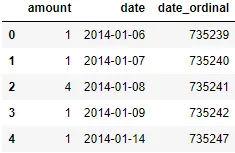
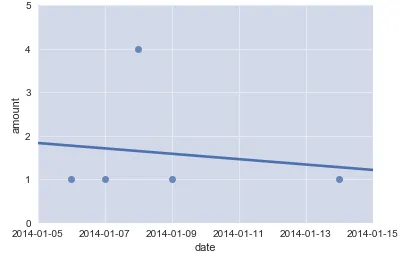
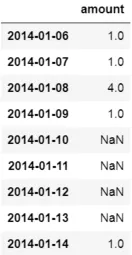
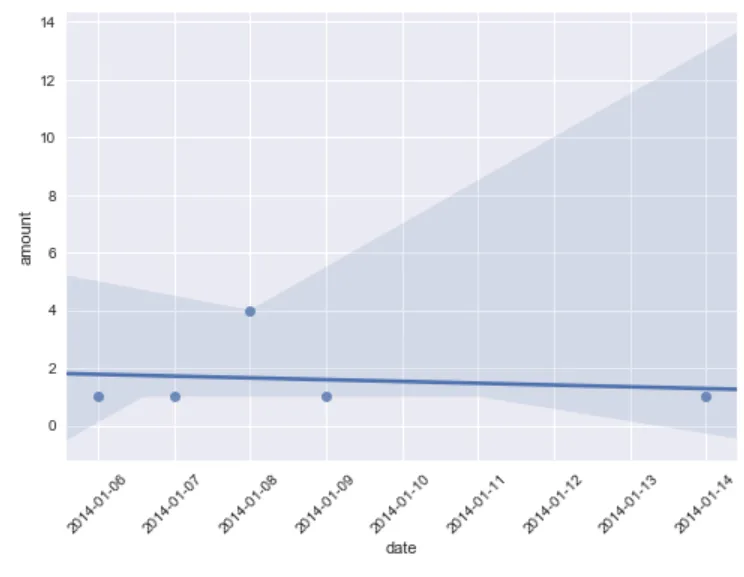
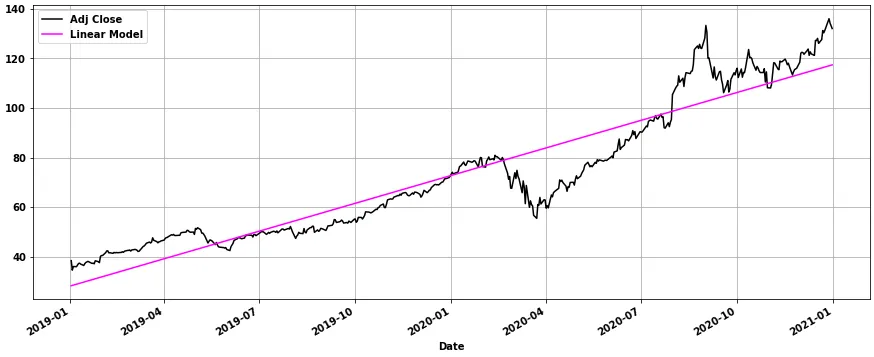
import datetime as dt,所以我不得不使用new_labels = [dt.date.fromordinal(int(item)) for item in ax.get_xticks()]我猜这个答案假设用户已经执行了from datetime import date。 - Tom Bush